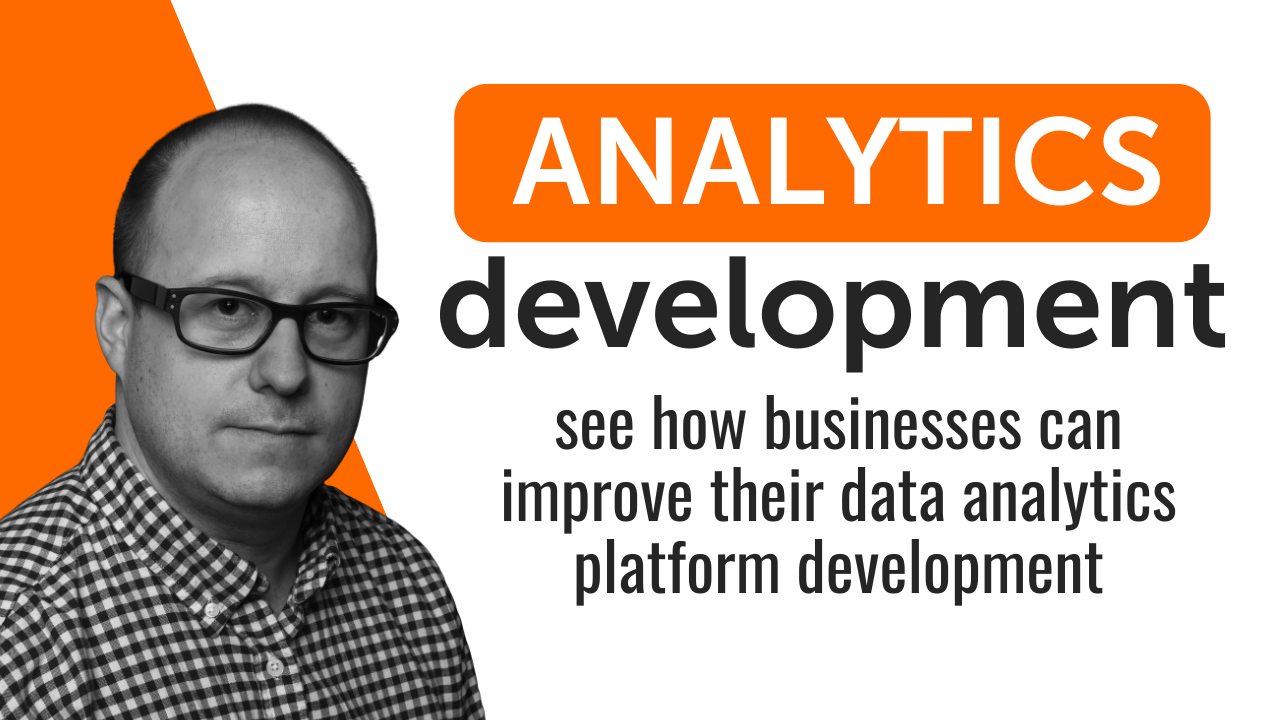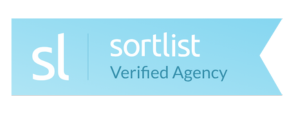
In today’s data-driven economy, businesses that gain a competitive advantage have learned how to put their data to good use. The essence of every strategy-be it understanding customer preference to optimising a firm’s operations-rests on the potency of the modern decision: the data. But raw data is just the beginning — building a data analytics platform is how businesses transform that raw data into actionable insights.
This detailed document will illustrate in detail the various steps in designing the said platform for the data analysis requirement to tailor your enterprise needs. Thus, this answers questions about what a data analytics platform is, and more importantly, why one should be interested in such a subject as to how to build a data analytics platform with a step-by-step procedure and tips complemented by real-world examples.
What Is A Data Analytics Platform?
The data analytics platform is a system gathering, processing, analysing, and visualising data. An organisation changes this into insights meant to help other people do proper execution of actions or derive actionable ones with the same principle. Hence, it basically fuses all possible elements, starting with data ingestion pipelines and extending towards machine learning models and even to visualisation dashboards.
Key Elements of a Data Analytics Platform:
- Data Ingestion: Collection from different sources is done where the data is coming from API integrations, IoT, and even the database.
- Data Processing: Cleaning up and converting into usable forms of raw data for further processing and thereafter into transformable sets of information and records.
- Data Storage: Stores data in databases or data lakes.
- Data Analysis: Applies statistical methods, AI, or machine learning to discover insights.
- Data Visualisation: Communicates insights via intuitive dashboards and reports.
Example: Amazon has a very advanced analytics platform that predicts what the customer is likely to buy. It analyses the browsing and purchase data and hence offers very targeted product recommendations, which leads to more sales and satisfied customers.
Why Build Your Own Analytics Platform?
Tableau and Power BI are fabulous solutions, but they can also be very rigid for most use cases. Having a custom analytics platform allows you to solve your unique challenges, integrate well with your other systems, and scale up as per your business.
Example: A logistics company started using an off-the-shelf analytics platform. However, it soon realised that integrating GPS data coming from the fleet was quite difficult. They developed an analytics platform for capturing and processing GPS data in real time to ensure route optimisation and reduced their fuel cost by 15%.
Step 1: Define Clear Objectives
Outline exactly what your platform should achieve before getting down with development. Otherwise, you end up creating a tool that doesn’t address the business needs.
Key Questions to Ask:
- What kind of data will the platform deal with? Examples include sales, operations, and IoT sensor data.
- What insights do you want to uncover? Examples include customer segmentation and predictive maintenance.
- Who will use this platform? Examples include analysts, executives, and technical teams.
Example: One healthcare provider wanted to know the patient recovery rate. They developed a platform that combined electronic health records with wearable device data for finding trends and thus improved the patient outcomes.
Step 2: Understand Your Data
A robust platform requires profound insight into the data which is going to be processed. That would include source, format, and possible quality issues of the data.
Popular Data Sources
- Transaction Systems: CRM, ERP, e-commerce systems.
- Sensors and IoT Devices: These provide real-time data for manufacturing or logistics.
- External Sources: These provide market trends, weather, or economic data.
Example: Smart homes gather data from different IoT devices on energy use. The platform for data analytics helps the user optimise it and save up to 20 percent on their electricity bill.
Step 3: Choose The Right Technology Stack
Your technology stack should be aligned with performance and scalability objectives.
Technology Choices:
- Data Storage: Relational Databases (PostgreSQL, MySQL), Data Lakes (Amazon S3, Google BigQuery).
- Data Processing: Batch Processing (Apache Hadoop), Real-Time Processing (Apache Kafka, Apache Spark).
- Data Visualisation: Tableau, Power BI, D3.js.
Example: Netflix uses Apache Spark to provide real-time recommendations to make sure viewers get personalised suggestions based on viewing history.
Step 4: Build A Scalable Data Architecture
A properly architected platform ensures seamless data flow from ingestion to visualisation.
Key Components:
- Data Ingestion: APIs, ETL pipelines, real-time data streams.
- Data Transformation: Cleaning and enriching data to make it usable.
- Data Storage: Centralised storage that supports high-speed querying.
- Data Access: Secure access controls to protect sensitive information.
Example: Uber’s platform handles real-time data from millions of users, making such features as surge pricing and ride matching possible in minimal latency.
Step 5: Include AI & Machine Learning
Deepening your insights further, one may add AI and machine learning to the platform.
Key Applications of AI:
- Predictive Analytics: Forecasting trends or future customer behaviour.
- Anomaly Detection: Anomalies in financial transactions or equipment operations.
- Natural Language Processing: Insights generated from less structured data, such as emails or reviews.
Example: One fintech startup applied machine learning to analyse spending habits and developed customised saving plans for its users. Its data analytics platform helped it achieve a 25% increase in customer retention.
Step 6: Ensure Security And Compliance
Amongst other things, security of data, including sensitive information about customers or patients, is paramount.
Best Practices:
- Encryption: Data should be encrypted both at rest and in transit.
- Access Controls: Allow for role-based access.
- Compliance: Follow all relevant regulations around GDPR, HIPAA, or CCPA.
Example: A telemedicine service implemented a security feature to comply with HIPAA guidelines by encrypting patient data and added an extra layer of security by allowing multi-factor authentication for access.
Step 7: Create Interactive Dashboards
Dashboards represent how your end-users will look into your platform. This needs to be user-friendly and customisable.
Best Practices for Dashboards
- Real-time Updates: Dynamic insights when data changes.
- Custom Filters: Ability to drill down into data.
- Visualisation Tools: Graphs, charts, and heatmaps.
Example: The dashboards of a manufacturing company showed the operational performance of its equipment. This helped the managers notice and perform scheduled maintenance on time, hence reducing the company’s downtime by 30%.
Step 8: Testing, Launch, And Iteration
Actual testing is assurance that your platform is reliable in a real environment.
Areas of Testing:
- Functionality: This is to ensure everything works in functionality.
- Performance: Scalability testing with heavy volumes of data.
- User Experience: Take feedback to make the product usable in nature.
Example: A retail analytics platform, tested with store managers before the chain is deployed wide, showed that their feedback was to enhance filtering within the sales dashboard.
Difficulties in Building Analytics Platform
- Low Quality of Data: Inconsistencies in data or even lack of information.
- Integration Issues: How it is going to combine all of the different data sources.
- Scalability: It needs to grow as your business does.
- Skilled Resource Gap: Experienced Data Engineers and Analysts may not be that easy to find.
Real-World Use Cases
Use Case 1: Retail Analytics
Requirement for a clothes retailer was the tracking of online and in-store sales. Developed a platform that integrated the metrics from websites with point-of-sale data. Insights derived helped to improve the inventory management and hence resulted in a 15% decrease in overstock.
Use Case 2: Smart Agriculture
An agritech startup developed a data analytics platform for precision farming. Sensors would collect the data regarding soil, and on this platform, it suggested the best time to plant. Yield rose by 20%.
Use Case 3: Fintech Platform
A financial services provider developed a fraud detection in transactions platform. Real-time transaction data analysis by machine learning models reduced the losses to fraud by 30%.
Conclusion: Build Your Competitive Advantage
Development of organisation-specific data analysis is fundamentally an investment. While this might be an involved process, the benefits of having a secure, scalable, and insightful data analytics platform always outweigh the effort of getting it set up.
Eager to get started? Take this as your road map, and transform your raw data into a decision and growth driver.
Interested In Working Together?
Introducing Delivered Social. We’re The Most-Rated Digital Agency In Surrey & Hampshire – We’ve Got To Be Doing Something Right.
Delivered Social is a digital marketing agency with one mission—to help businesses grow. We’re famous in Guildford and Portsmouth for our social clinics. We believe in free advice. We build lasting relationships because our team prides itself on being helpful, which our clients appreciate.
If you are looking for a new website or an agency to manage your social media presence, we can help.
If you need something slightly different, here's a super handy list of all our services, or you can always email us.


















